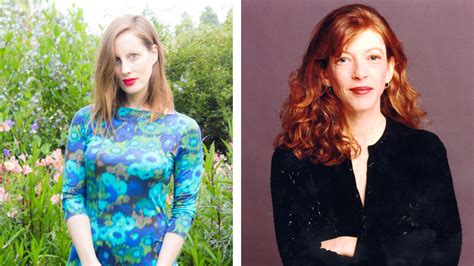A Quote by Henry Petroski
Any design, whether its for a ship or an airplane, must be done in anticipation of potential failures.
Related Quotes
I have tried to devote my life - with all my husband failures, father failures, pastor failures, friend failures, any other possible failures I'm sure I've done them - to the God-centeredness of God and my aspiring, yearning to join Him in that activity. God is passionate about hallowing the name of God.
Let the Truth be known, no ship is unsinkable. The bigger the ship, the easier it is to sink her. I learned long ago that if you design how a ship'll sink, you can keep her afloat. I proposed all the watertight compartments and the double hull to slow these ships from sinking. In that way, you get everyone off. There's time for help to arrive, and the ship's less likely to break apart and kill someone while she's going down.
We are like sailors who on the open sea must reconstruct their ship but are never able to start afresh from the bottom. Where a beam is taken away a new one must at once be put there, and for this the rest of the ship is used as support. In this way, by using the old beams and driftwood the ship can be shaped entirely anew, but only by gradual reconstruction.
When I think about fashion and elegance, I imagine a woman from the 1950s, on an airplane, with seamed stockings and a garment belt underneath, a skirt, high heels, and her hair that she's done the night before, perfectly done eyeliner, lipstick, gloves, perhaps, and all this just to sit on an airplane for a transcontinental flight.
Whether it's an $11 flip-flop or a $2 key ring or a $2,000 dress, they're all done with integrity. They're all done with a design sense. As long as the creativity exists, then I don't think it's a sellout. A sellout is putting your name on any piece of crap and then expecting people to buy it because it's got your name on it.
Those who are in love with practice without knowledge are like the sailor who gets into a ship without rudder or compass and who never can be certain whether he is going. Practice must always be founded on sound theory, and to this Perspective is the guide and the gateway; and without this nothing can be done well in the matter of drawing.
It is necessary to remember, as we think critically about domination, that we all have the capacity to act in ways that oppress, dominate, wound (whether or not that power is institutionalized). It is necessary to remember that it is first the potential oppressor within that we must resist – the potential victim within that we must rescue – otherwise we cannot hope for an end to domination, for liberation.
Science tries to answer the question: "How?" How do cells act in the body? How do you design an airplane that will fly faster thansound? How is a molecule of insulin constructed? Religion, by contrast, tries to answer the question: "Why?" Why was man created? Why ought I to tell the truth? Why must there be sorrow or pain or death? Science attempts to analyze how things and people and animals behave; it has no concern whether this behavior is good or bad, is purposeful or not. But religion is precisely the quest for such answers: whether an act is right or wrong, good or bad, and why.


































